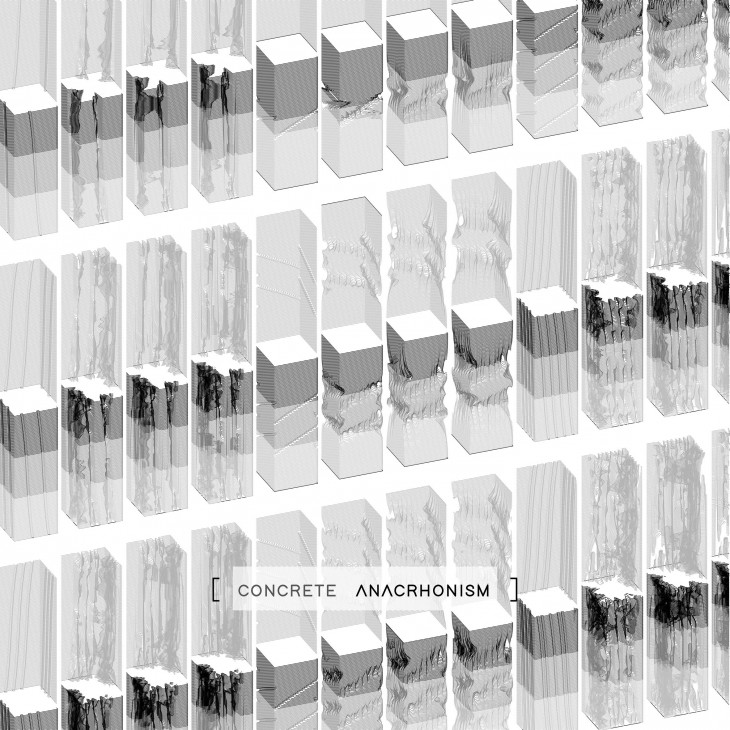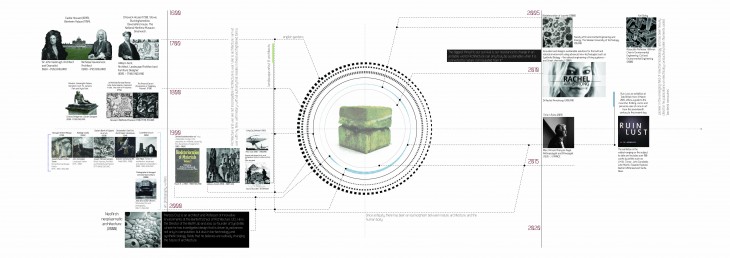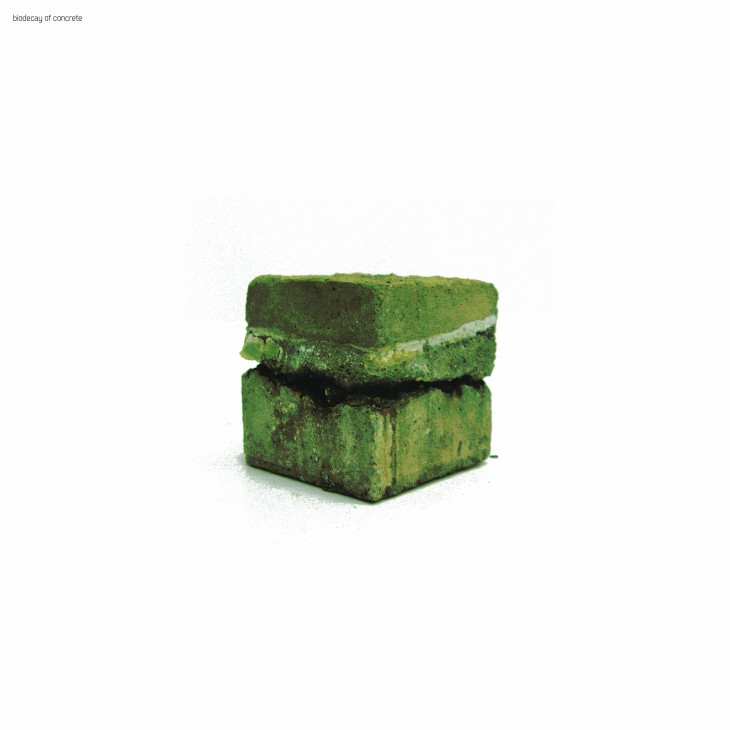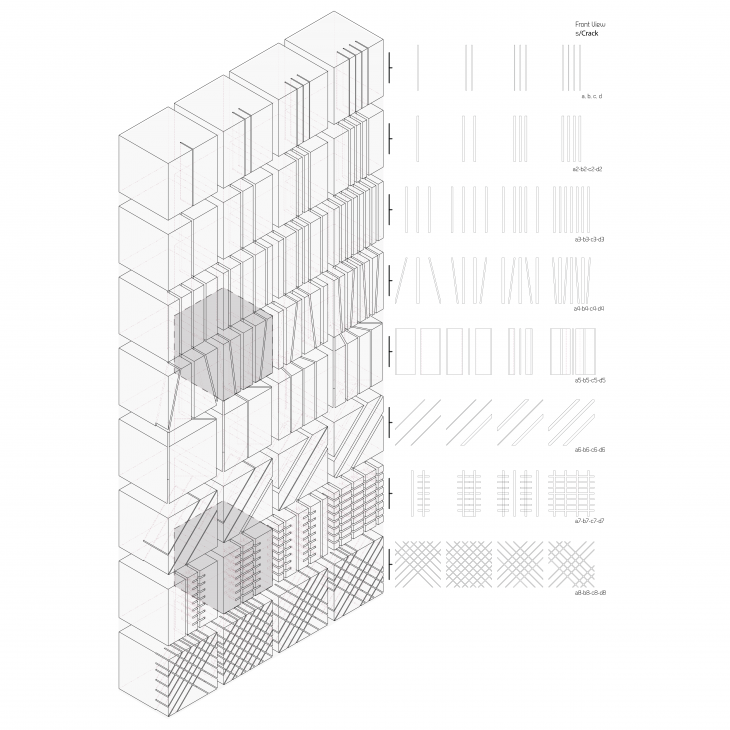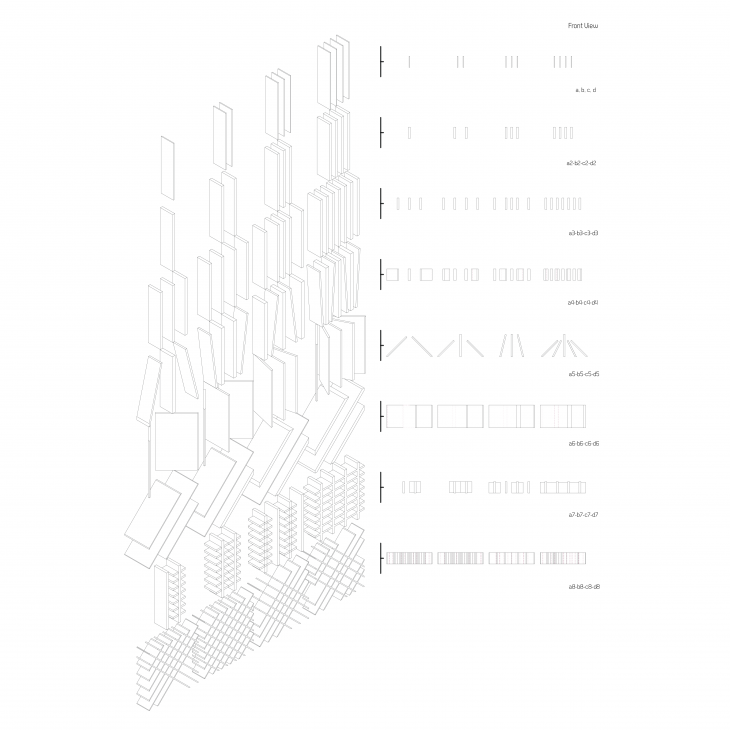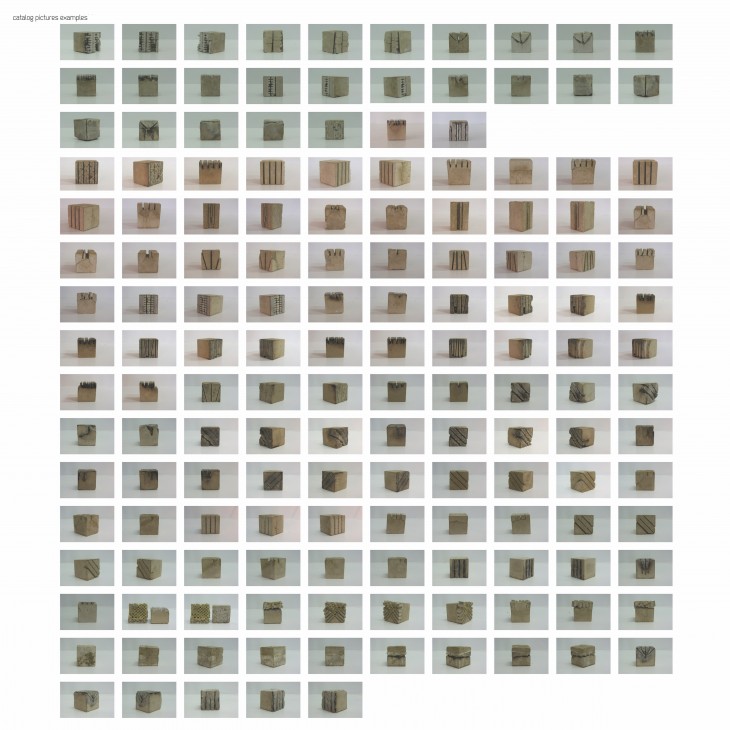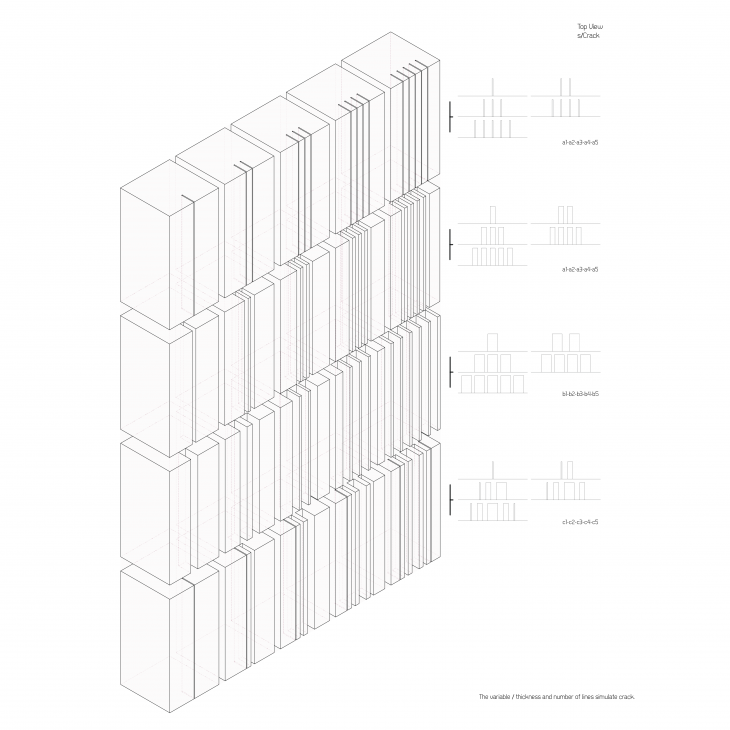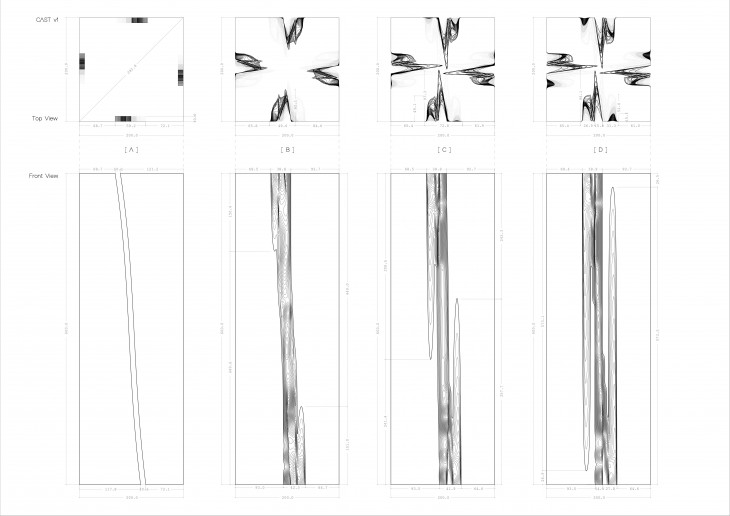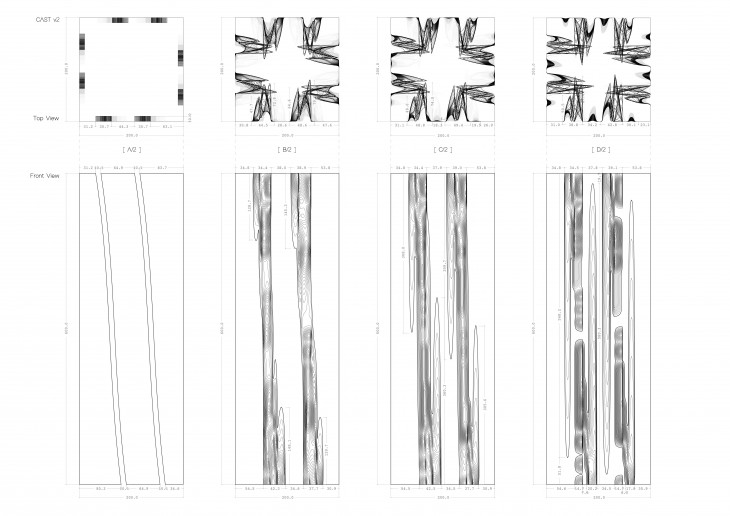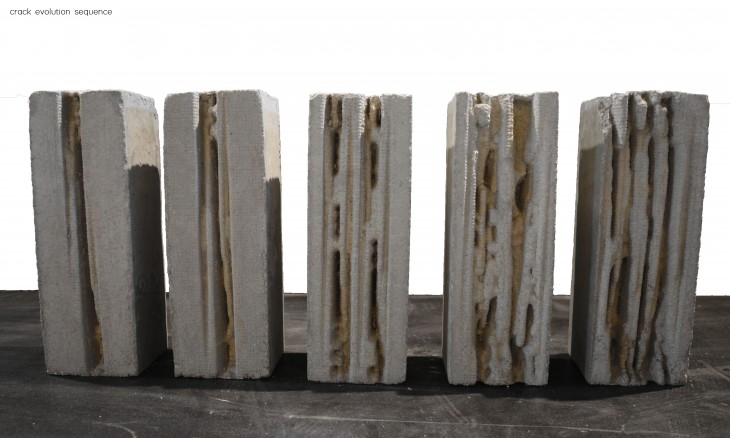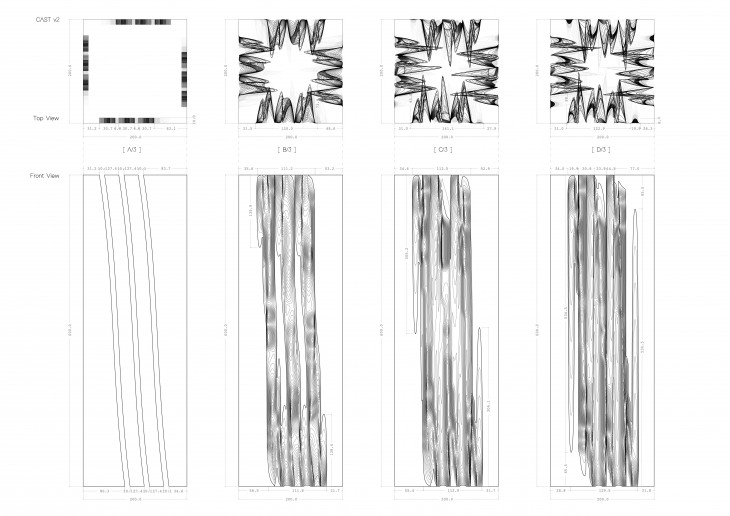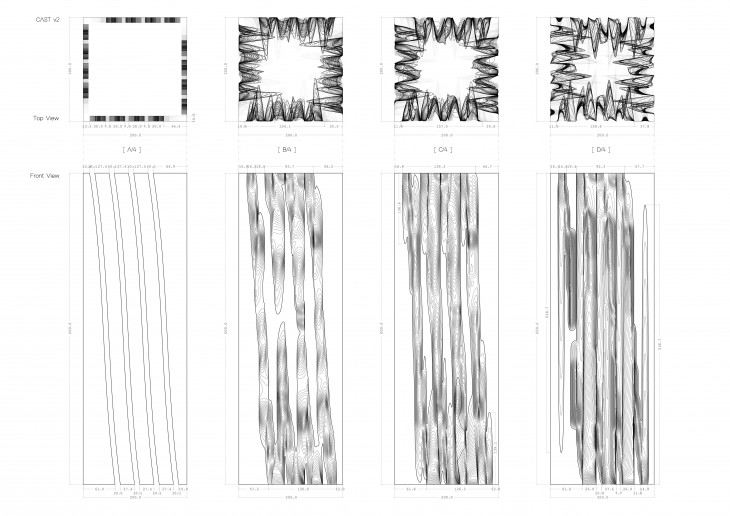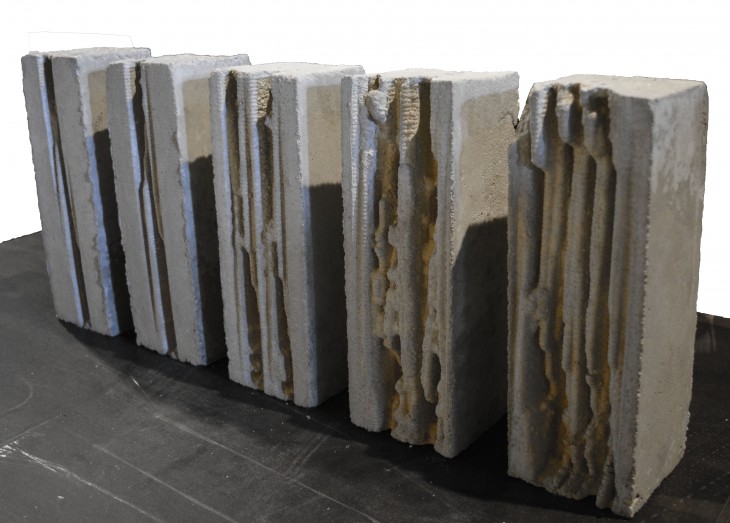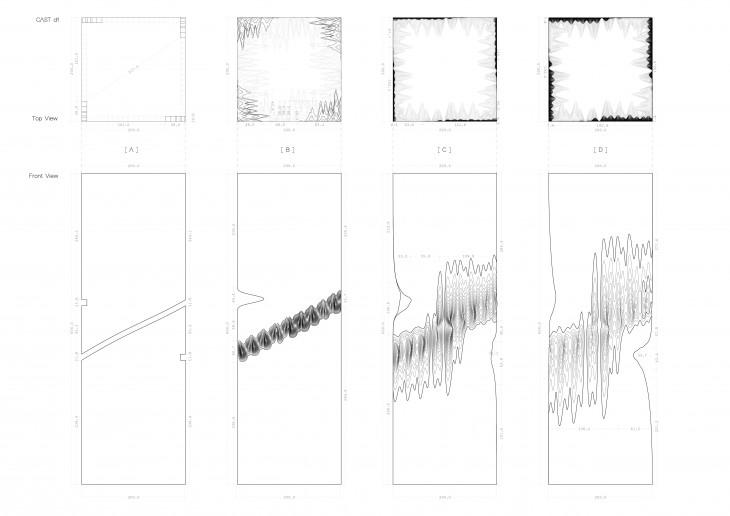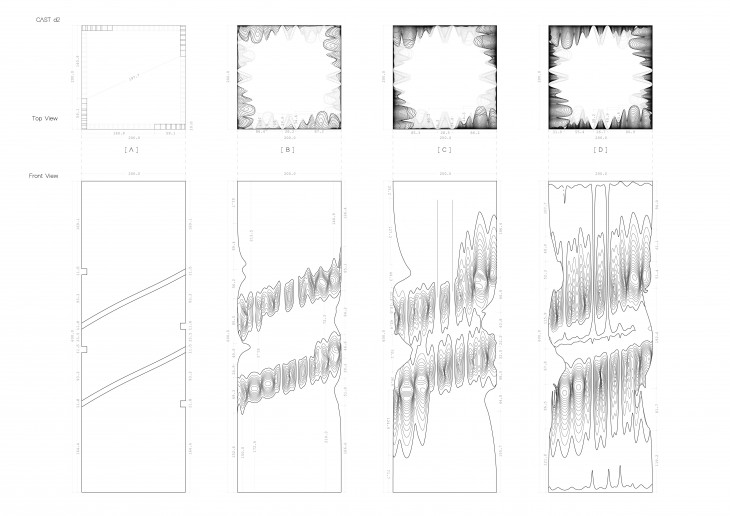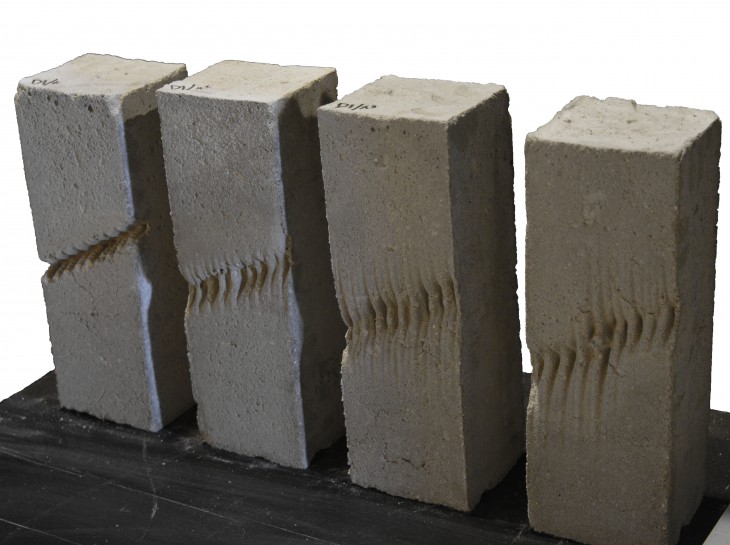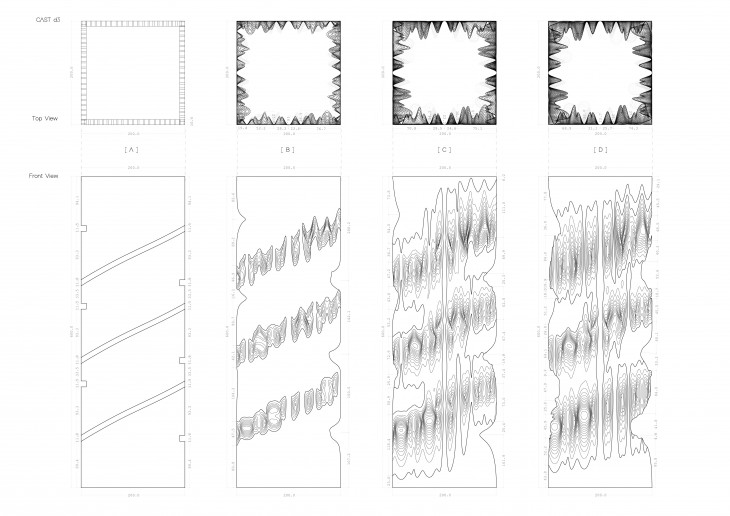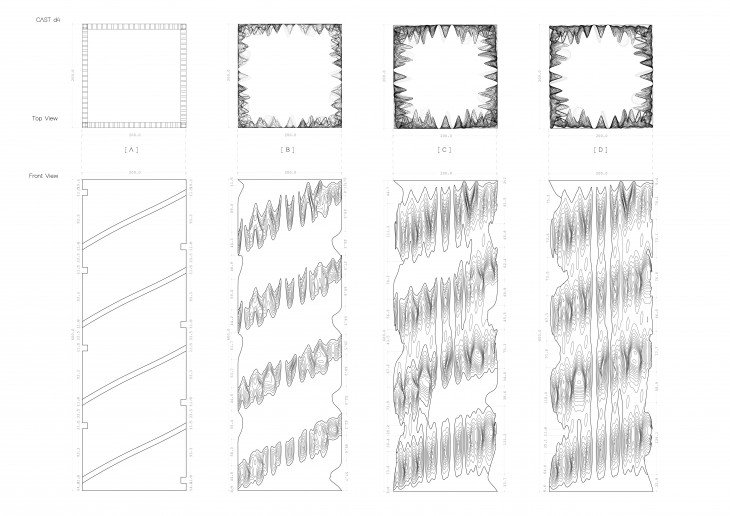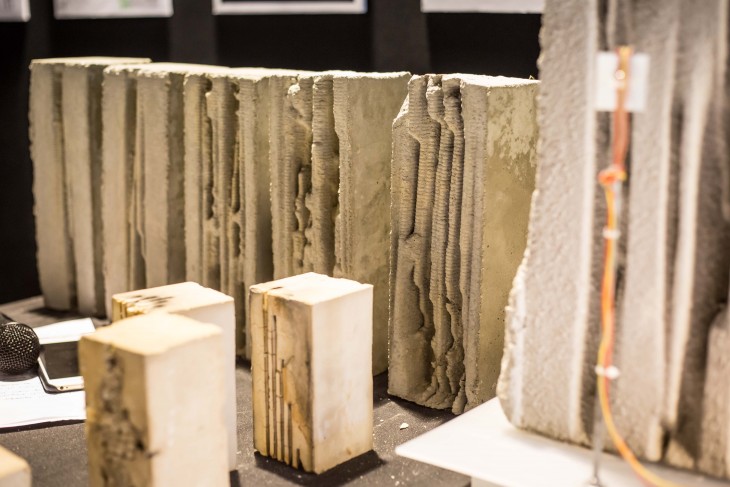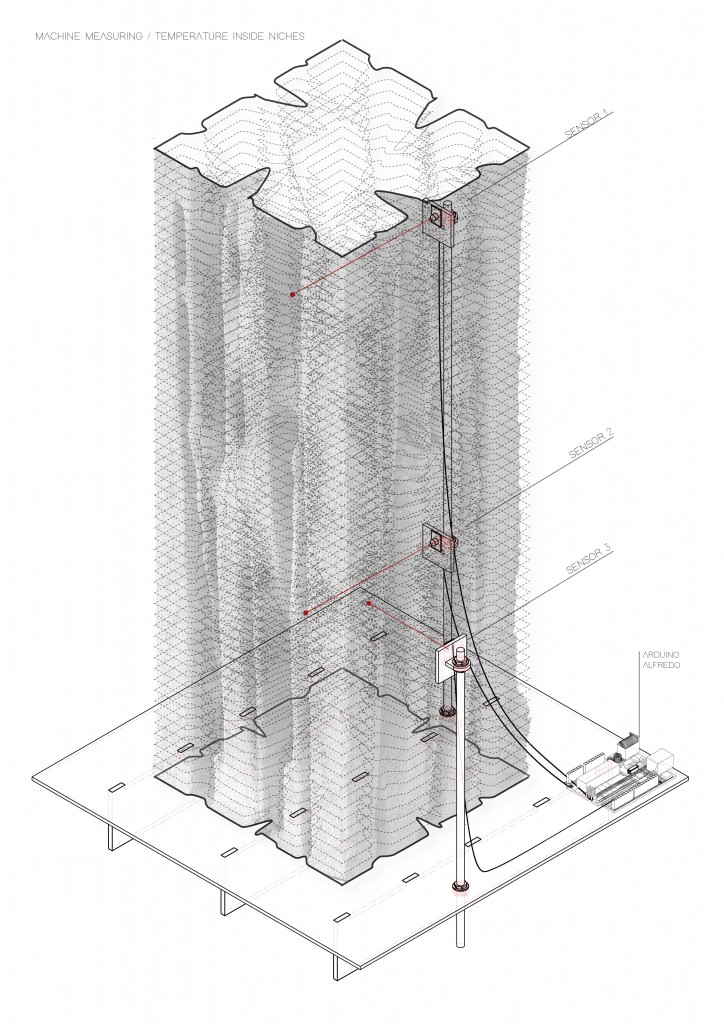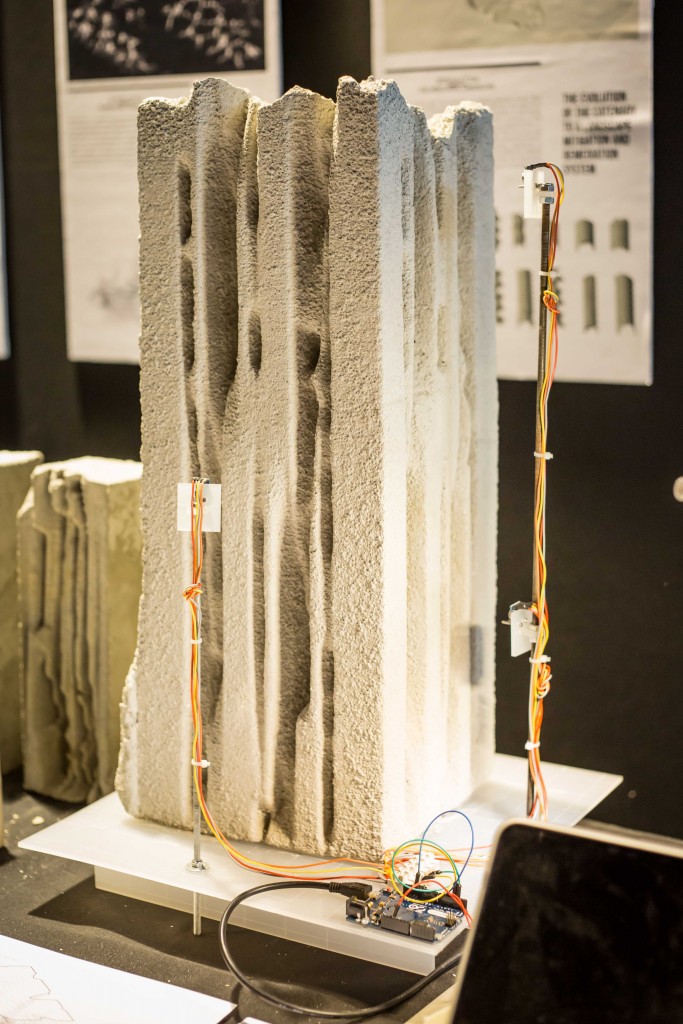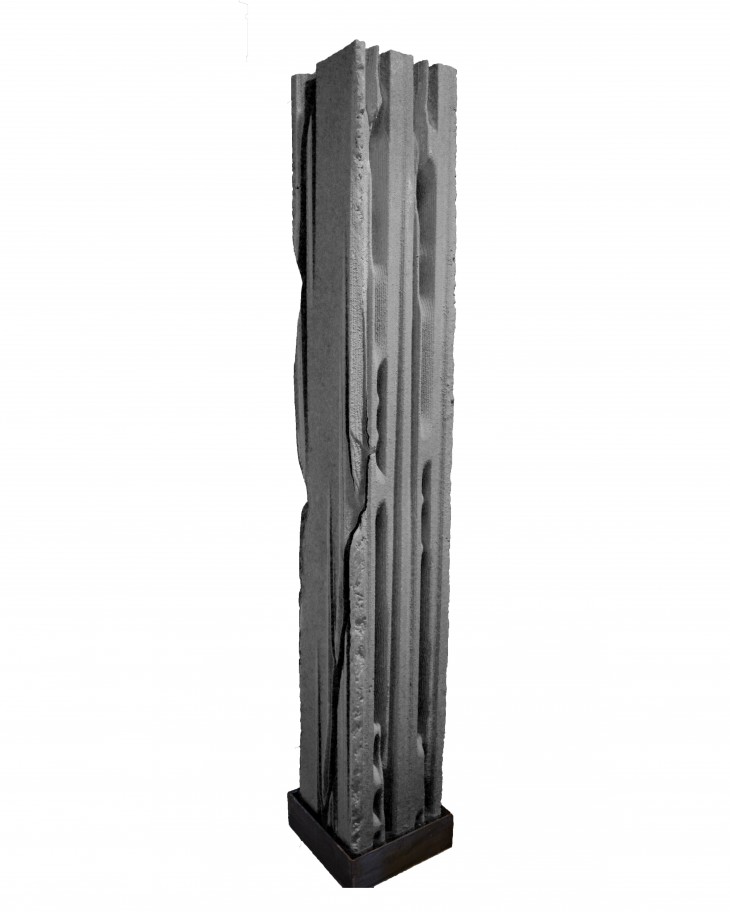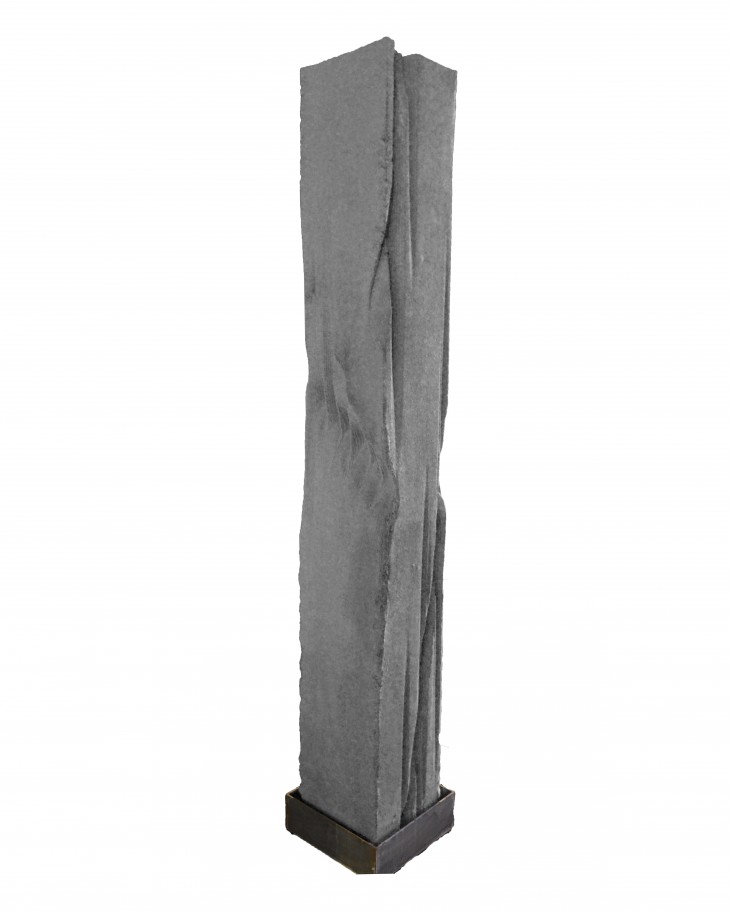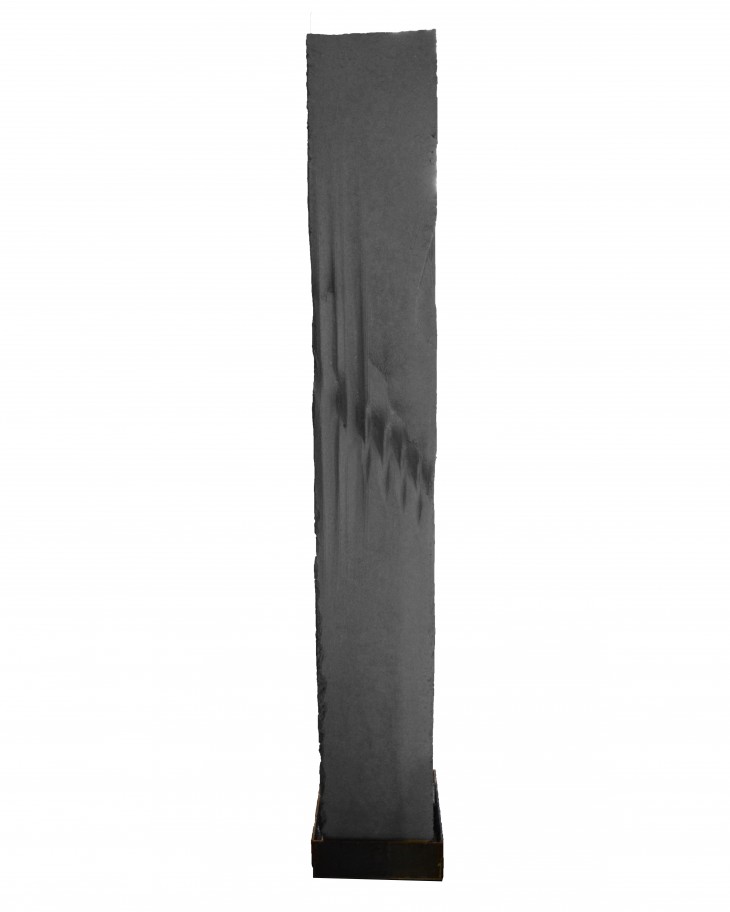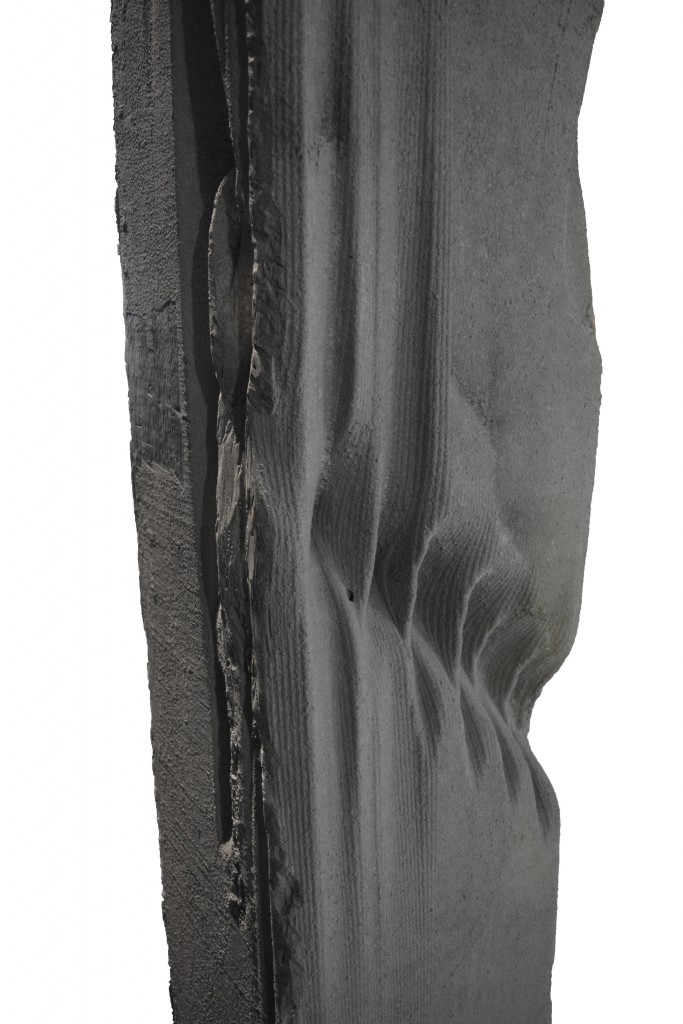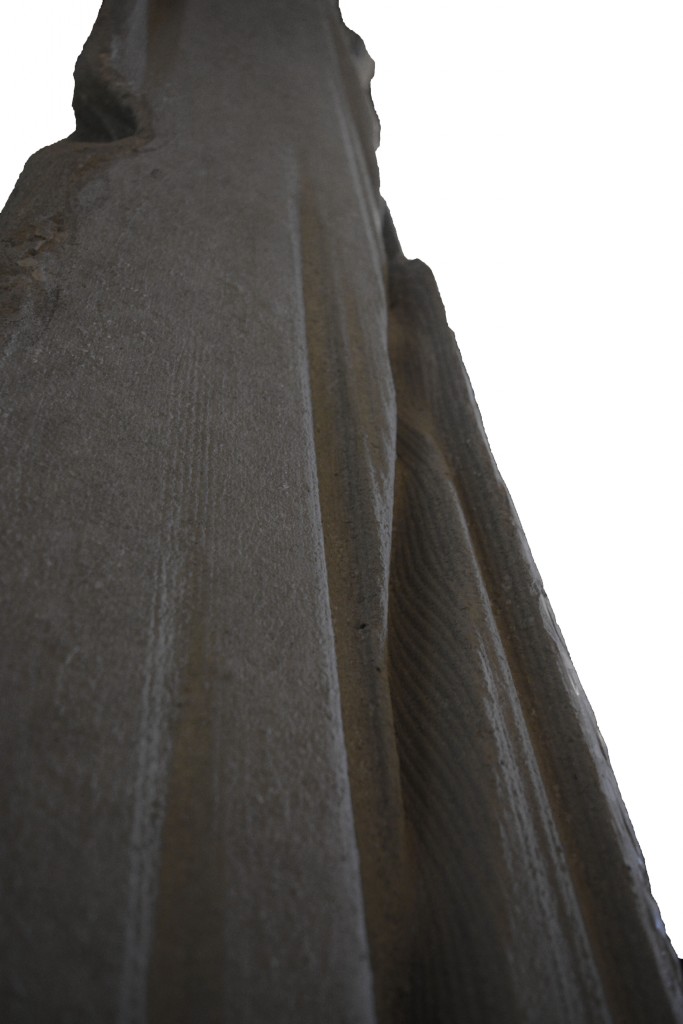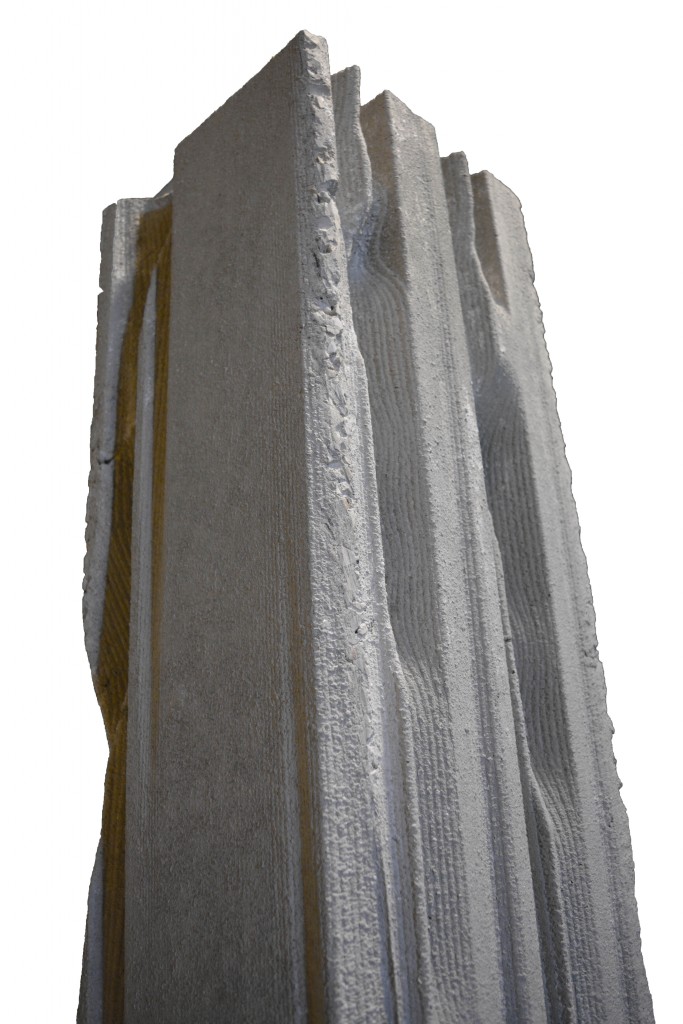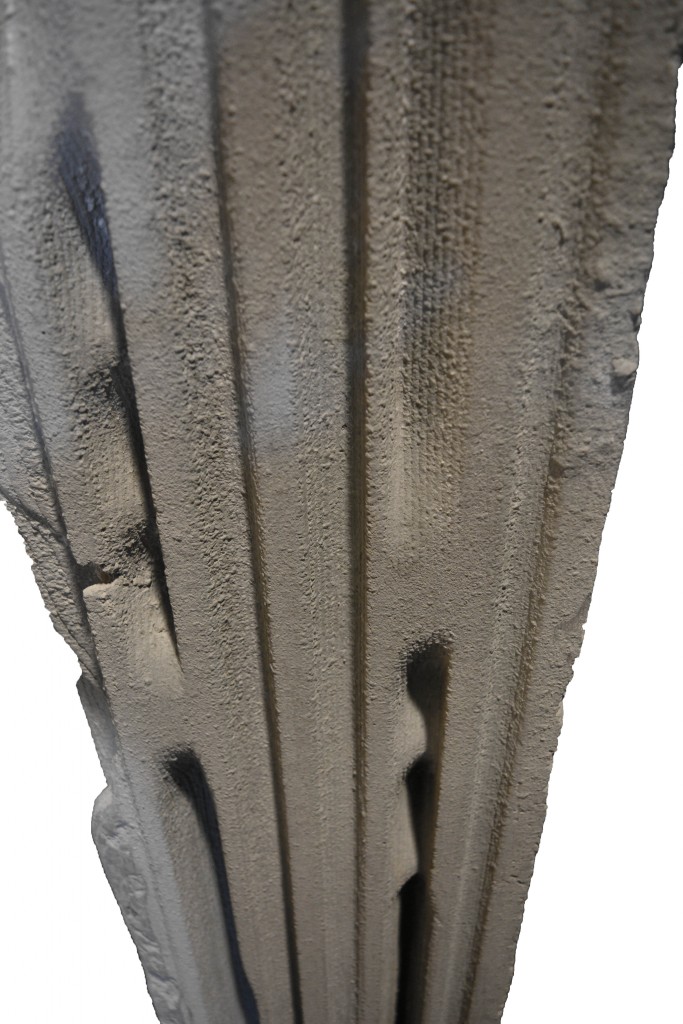In our present ruin is seen as interpretation of space, time and history, in our increasingly digital age, the ruins are reminders of theological and technological errors of the modernity.
Since our ancestors has been an isomorphism between nature, architecture and the human body, George Simmel explains, “ The ruins are a peculiar form of collaboration between humans and the natural creation, nature has transformed the work of art into material for her own expression as she had previously served as material for art. ”
Ruin is defined as “ collapse ”, a collapse of matter, society and progress, the progress could have been or the one that never took place, this issue is intellectual and kind of romantic. Around the world are thousands of these examples where we can see the shock of vanishing materiality, where begin to notice weeds and dandelions in the crevices of the stones, the metal corrosion, the decay of matter itself is visible, that is where the architects, engineers, artists, theologians, anthropologists and archaeologists found the fascination and the study of the Ruin; The Ruin are not only signs of deterioration or degradation, much less romance and nostalgia, it requires a deep exploration that reinterpret, transform and redefine its role in a utilitarian and poetic way around the world.
This reconfiguration brings [ Concrete Anachronism ] a new use of modern ruin. Concrete Anachronism is the exploration of bio-deterioration and its destructive process, which is a complex phenomenon that involves changes in the physico-chemical and mechanical properties of the material attacking by biological organisms, this process allow us to generate a performative objects or architectural spaces in destruction or eroded from the scratches, creating cracks enable to incubate bacteria for produce passive energy and seek a deterioration control over these objects.
The biodeterioration phenomena are more frequent spotting and efflorescence produced by fungi and bacteria, The materials can suffer alteration processes of three types: physical, chemical and biological. Biological alteration is due to the influence of living organisms, from algae, lichens, bryophytes (mosses and liverworts) and higher plants, which can cause detectable alterations, bacteria and fungi.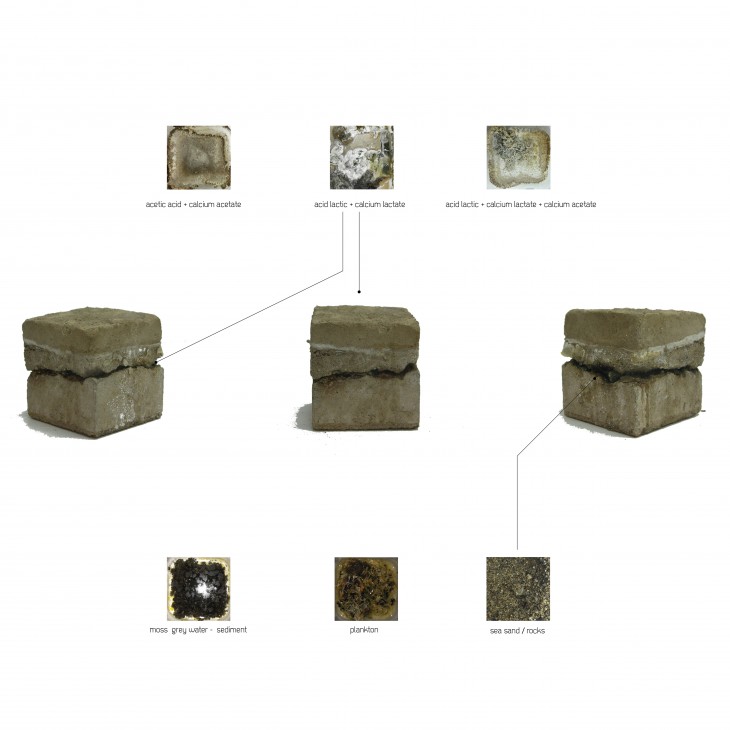
Bacterias create a specifics communities that interact in different ways with mineral materials and their external environment, this phenomenon occurs in conjunction with many physical and chemical destructive processes; processes in which we get energy and temperature changes that can take as self- sustaining process or energy production. Will take concrete as a material to study that is one of the strongest and common construction material applied all over the world, the concrete will exposed to physical (design cracks/erosion ) and biochemical ( soil, water, sewage, food, agriculture products and waste material ) contact and through specialized software and equipment that allow us to observe the type of bacteria or microorganism that occur inside the object, their patterns and behaviors, also temperature changes in order to define how to control deterioration and generate energy without damaging the main structure and whether it is possible to building ruins as a means of production and aesthetic way. 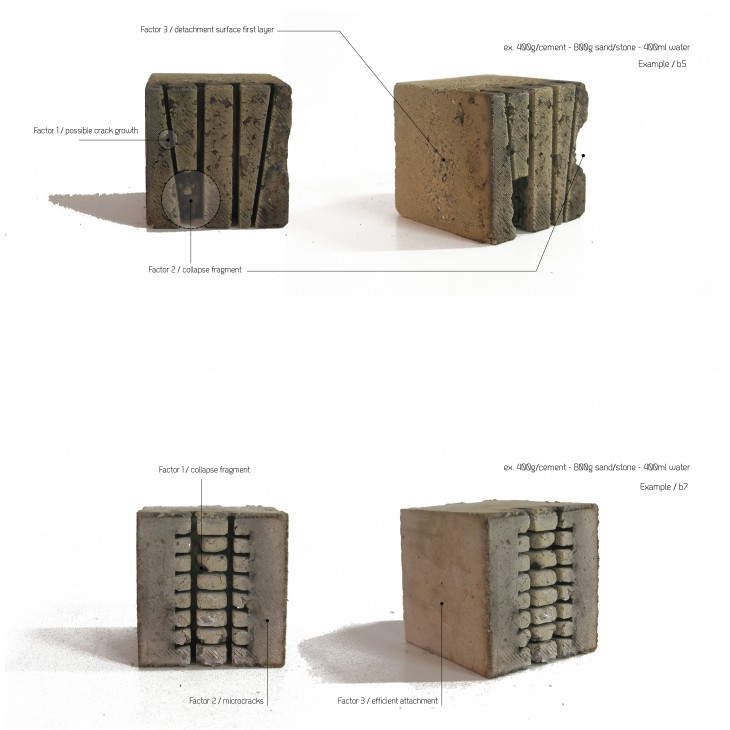
Concrete is mostly due to the increased concentration of carbonates and inorganic sulfur compounds, as well as other chemically aggressive reagents of either abiotic or biotic nature. Their interactions with components of the mineral materials play an essential role in their corrosion induction and process.
It should be taken into account that concrete is a heterogeneous material which is composed of the portland cement, aggregates (coarse and fine), water and admixtures.
Different biodeteroration of concrete process:
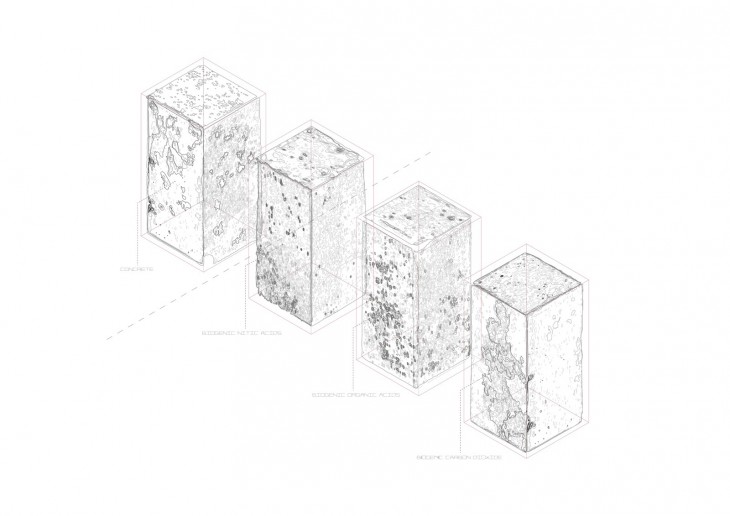 Biogenic organic acids: Many biogenic organic acids that attack concrete originate from acid-containing or acid-producing substances, such as silage, fruit juices, sour milk and animal wastes. The concrete corrosion influenced by biogenic organic acids follows due to their reaction with basic components of the cement paste, i.e. calci- um hydroxide and carbonate.
Biogenic organic acids: Many biogenic organic acids that attack concrete originate from acid-containing or acid-producing substances, such as silage, fruit juices, sour milk and animal wastes. The concrete corrosion influenced by biogenic organic acids follows due to their reaction with basic components of the cement paste, i.e. calci- um hydroxide and carbonate.
Biogenic carbon dioxide: The corrosive aggressiveness of some waters and humid grounds may result from presence in them of aggressive carbon dioxide (CO2) which may originate (among other things) from biochemical processes carried out by many (micro)organisms present in these environments.
Biogenic nitric acid: The biogenic ammonia present in water environments stimulate the concrete corrosion caused by the biogenic nitric acid. The ammonization bacteria (urobacteria) decompose urea and cause the ammonia formation. Bacteria belonging to Nitrosomonas, Nitrosococcus, Nitrosospira and Nitrosolobus genera oxidize the ammonia to nitrous acid subsequently oxidized to nitric acid by Nitrobacter and Nitrococcus bacteria.
Biogenic hydrogen sulfide and sulfuric acid: The biogenic hydrogen sulfide (H2S) is the metabolic product of SRB living in anaerobic zones of the soil, polluted waters and sewage. The presence of H2S and sulfuric acid is usually a reason of the corro- sion of concrete-sewer pipes in which the bad ventilation and a small sewage flow occur.
Cracks Cast / Blocks
Explore and observe the crack behavior, cracks designed according to its depth, repetition, thickness and angle.
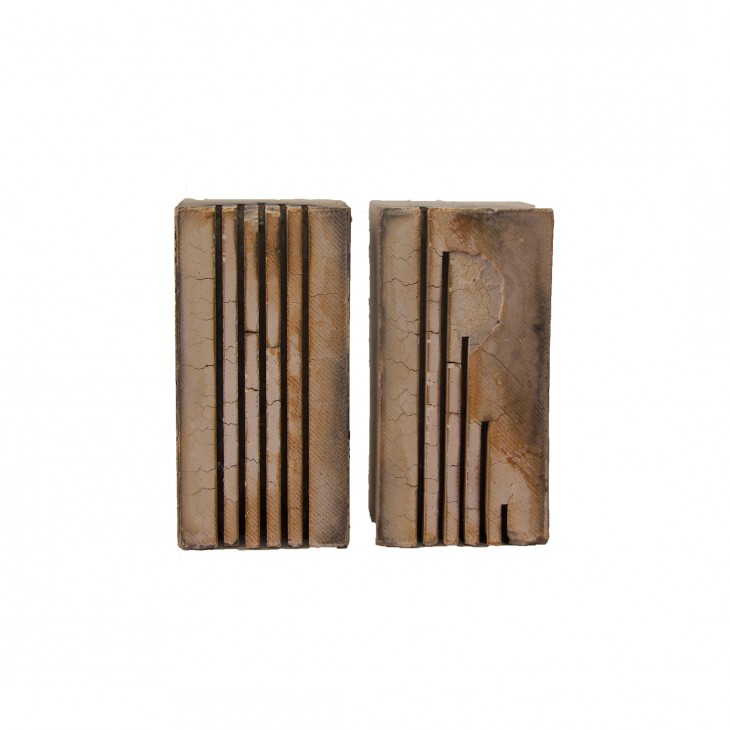
Cracks / Blocks
Vertical Crack Cast / Erosion
Final Cast / Performative Concrete Column / Scale 1:1
